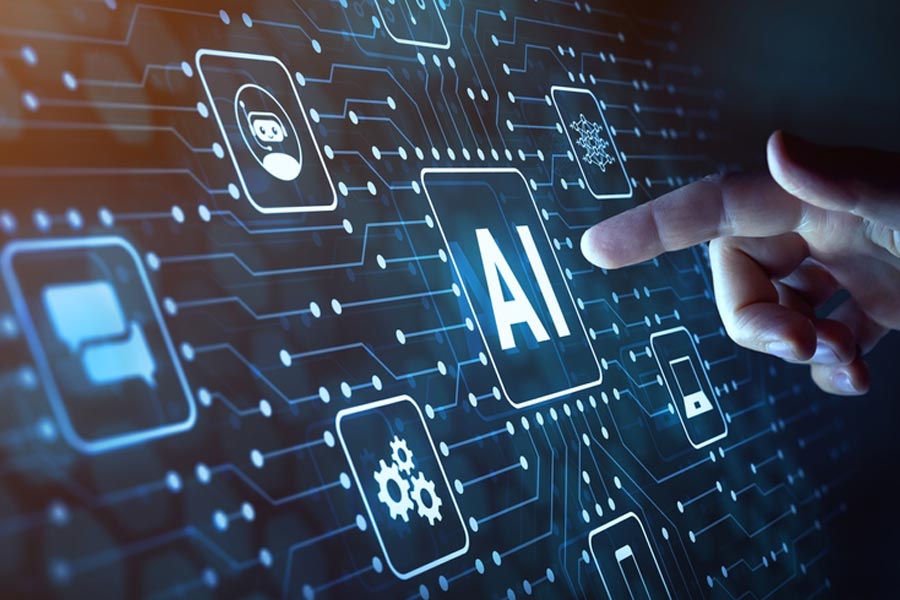Seven per cent of jobs in India and five other South Asian countries are highly exposed to the adoption of artificial intelligence and the risk of automation, a World Bank report released on Tuesday said.
The report titled “South Asia Development Update, Jobs, AI, and Trade” said that moderately educated and young workers, especially in business services and information technology, were vulnerable to increasing use of technology that allows computers to simulate human intelligence.
The report said 15 per cent of jobs in emerging markets and developing economies (EMDEs) were at risk of automation.
The latest wave of AI has centred on Generative AI (GenAI), which can respond
to human prompts and generate content in a variety of formats. Such models include OpenAI’s ChatGPT, Anthropic’s Claude, X’s Grok, Google’s Gemini, Microsoft’s Copilot, and DeepSeek.
“Unlike previous waves of automation, AI technologies have the potential to displace a range of non-routine, white-collar service sector jobs, such as in customer support, accounting, web development and payroll processing,” the report said.
The introduction of Generative AI has already reduced monthly job listings by around 20 per cent for the most exposed and most substitutable white-collar occupations.
India’s non-agricultural labour market depends heavily on white-collar work. In
2023, the information communication technology and business process management market in India generated 5.4 million jobs and contributed 7.5 per cent to the GDP, the report said.
Higher-wage and higher-skill jobs are more exposed to AI than lower-skill positions, while entry-level workers are more vulnerable than experienced ones. Jobs requiring the highest levels of skills and experience also show the strongest potential for AI-human complementarity.
“Taken together, these patterns suggest that young, moderately educated workers are the most vulnerable to job displacement, while experienced, highly-educated workers have the greatest scope for productivity gains from AI,” the report said.
The report said about 15 per cent of South Asian workers were in jobs with both high AI exposure and high AI-human complementarity because they involve interpersonal interaction, responsibility, or expert judgment (for instance, CEOs, doctors, teachers and lawyers). This segment of workers could experience productivity augmentation from AI adoption.
The report analysed data from Bangladesh, Bhutan, India, the Maldives, Nepal and Sri Lanka. Carefully sequenced trade reforms could encourage private investment and create jobs for South Asia’s growing working-age population, it said.

